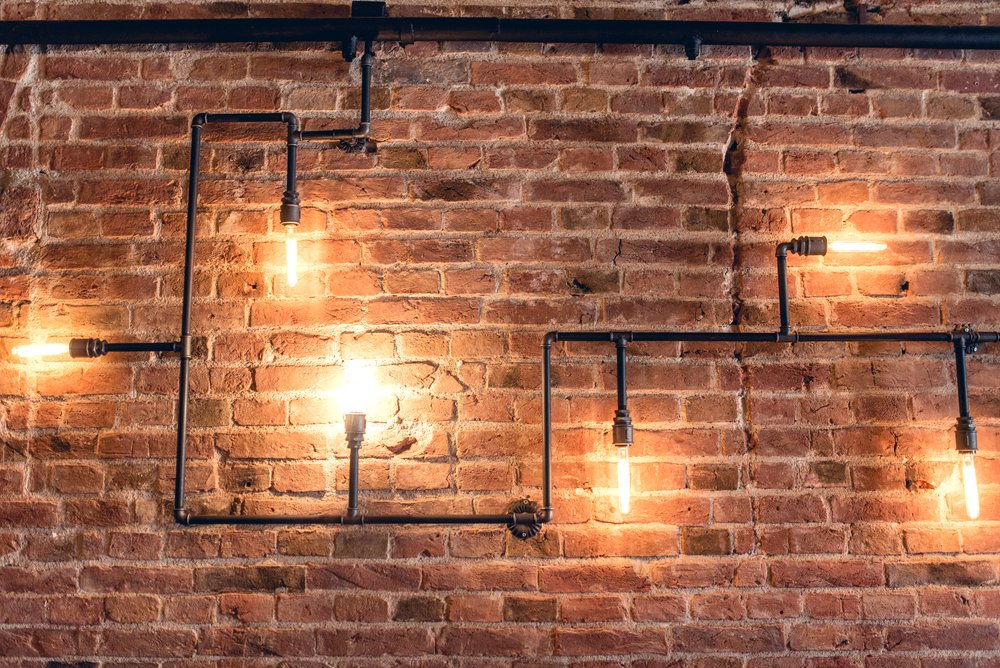We tend to think of industry as something practical and relentlessly utilitarian. Warehouses and factories are rarely included on glossy Pinterest boards or design mood boards. Yet, over the years, artists, designers and even DIY enthusiasts have started to notice something fascinating: the accidental beauty of industrial objects. From scaffolding that looks like geometric sculpture to shipping containers turned into luxury homes, the functional has begun to slip into the world of the fashionable.
When Function Creates Form
Industrial design is often driven by necessity. Items like scaffolding, warehouse shelving and conveyor belts aren’t designed with beauty in mind. They’re built for durability and efficiency. Yet, because of their rawness and symmetry, they often exude a minimalist elegance. Clean lines, repeating patterns and bold materials like steel and plastic echo design movements we usually associate with modern architecture or Bauhaus-inspired furniture.
Take the humble shipping container. Originally conceived as a box that could be stacked and transported with ease, it has since been repurposed into everything from art installations to coffee shops and urban housing. Its grid-like form and rugged practicality, when seen outside of its industrial setting, feel almost avant-garde.
The Rise of Industrial Chic
It’s no coincidence that the ‘industrial chic’ look has become a staple of interior design. Exposed brick walls, visible piping and reclaimed wood tables have all been lifted from factories and warehouses and placed into our homes and trendy cafés. The appeal lies in authenticity: these objects were never designed to look good and yet they do. They tell a story of utility, resilience and history.
Even more surprising is the migration of these objects into fashion and lifestyle. Workwear-inspired clothing (think denim overalls, steel-toe boots, or high-visibility jackets) has become a recurring theme on catwalks. Designers are borrowing not only the look but also the spirit of industry, where durability is valued over fleeting trends.
From Pallets to Pedestals
Perhaps the best example of this accidental crossover is the pallet. Originally designed to move goods efficiently, pallets have become a staple of DIY projects. Wooden pallets are now repurposed into garden furniture, shelving and even minimalist bed frames. Their blocky structure and modularity lend themselves to creativity, turning something ordinary into something personal and stylish.
And it’s not just the wooden versions that are being reimagined. Even plastic pallets – long associated with logistics and warehousing – are being reconsidered in design contexts. Their lightweight strength and durability mean they’re sometimes repurposed in creative building projects, storage solutions, or even outdoor seating experiments. It’s a reminder that when you look beyond function, there’s often form waiting to be discovered.
Artists and the Industrial Imagination
Many contemporary artists have been inspired by these utilitarian forms. Sculptors use scaffolding as frames for temporary works. Installations transform warehouse spaces into living canvases. Even the sight of stacked crates or neatly aligned metal beams has become a visual motif in photography and design.
There’s also a poetic quality to it. These objects, designed to fade into the background of commerce and construction, end up stealing the spotlight when placed in a new context. By isolating them from their industrial origins, artists reveal the accidental aesthetics that were there all along.
Why We Love the Ordinary

Part of the appeal lies in the contrast. In a world of slick digital design, where everything is polished and curated, the rough authenticity of industrial objects feels refreshing. They remind us that beauty doesn’t have to be deliberate. Sometimes, it emerges organically, in the simplest repetition of lines, the geometry of stacking, or the way light plays on steel beams.
It also reflects a cultural shift toward valuing the overlooked. We are beginning to celebrate the everyday, to find meaning and even elegance in things that once seemed purely mundane. It’s no surprise that what was once discarded now finds a second life as furniture, art, or architectural inspiration.
Conclusion
Industry will always be about efficiency first. Pallets will be built for transport, scaffolding for safety and containers for storage. Yet, in their quiet way, these objects are shaping the way we think about design, space and even style. The accidental aesthetics of industry remind us that beauty is often hiding in plain sight, in the places and objects we least expect.

